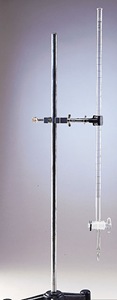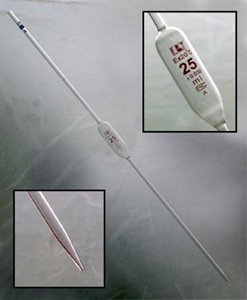- Messages
- 198
- Reaction score
- 47
- Points
- 28
HI
well i couldnt find any thread related to this so i made it......
well i hope everybody can try and help out 1 another here...
well i couldnt find any thread related to this so i made it......
well i hope everybody can try and help out 1 another here...

